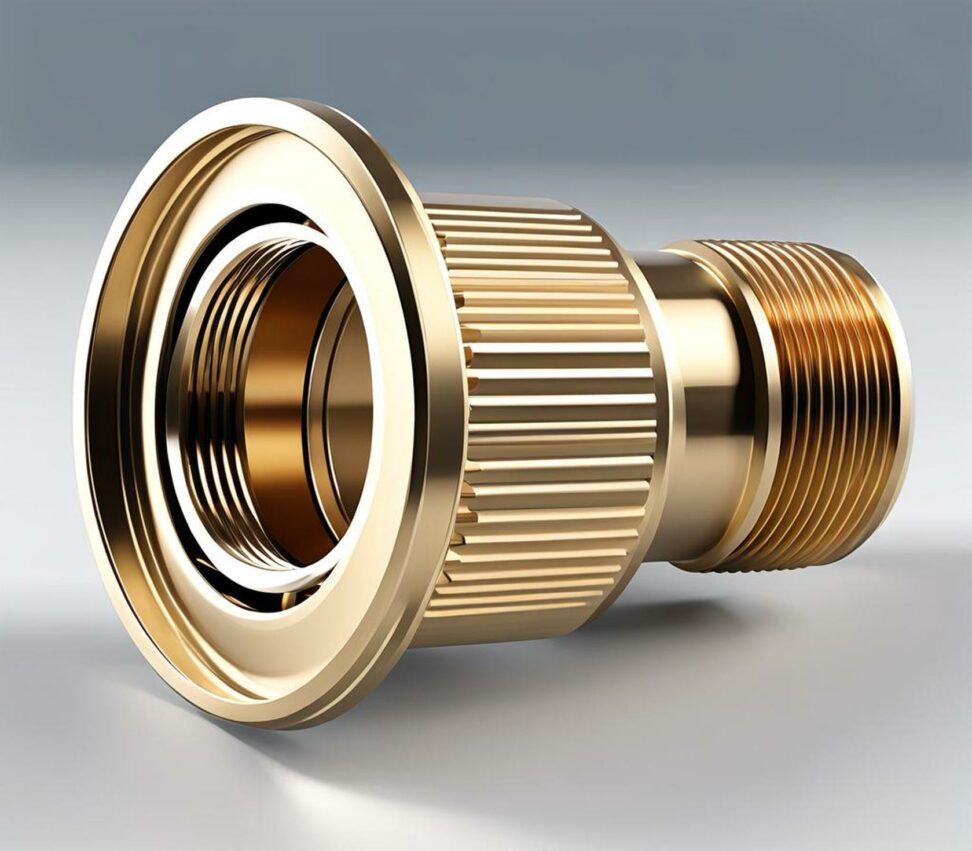Fix That Leaky Sink Drain - 1 1/4” to 1 1/2” Adapters That Work
Having recently upgraded our bathroom sink, we ran into a common dilemma - how to connect the old 1 1/4" sink drain to the new 1 1/2" drain pipe. Despite using slip joint rings, tightening with a pipe wrench, and sealing with caulk, we struggled with persistent leaks. We knew an adapter was needed, but finding the right solution proved tricky.
After some trial and error, we discovered the best way to join the two mismatching sizes securely. Read on to learn why this issue occurs, how to select the proper adapter, and step-by-step installation tips to stop the leaking for good.
Reasons for 1 1/4" to 1 1/2" Sink Drain Connection Issues
Older sinks frequently have a 1 1/4" drain size, while newer drain pipes are often 1 1/2". This size mismatch is what causes leaks when trying to connect the two together.

Methods like tightening a slip joint ring with a pipe wrench or applying silicone caulk may seem to temporarily fix the problem. However, neither provides a reliable long-term solution, resulting in leaks reappearing later on.
Forcefully tightening with tools risks damaging the adapter or pipes. Proper alignment is key for a leak-free connection between the two sizes.
Finding the Right Adapter
To securely join a 1 1/4" sink drain to a 1 1/2" pipe without leaks, a drain adapter is needed. This fitting connects securely into the drain tailpiece and pipe inlet.
Look for an adapter with a rubber gasket that creates a tight seal between the two sizes. Plastic adapters are affordable options, though metal adapters tend to be more durable.
Be sure to select one specifically designed for a 1 1/4" to 1 1/2" connection. Carefully check the manufacturer specifications before purchasing.
Specifications to Look For
When selecting an adapter, watch for the following specifications:
- - Designed for 1-1/4 to 1-1/2 inch connections
- - Slip-joint or compression fitting
- - Rubber gasket for water-tight seal
- - Durable plastic or metal construction
- - Lead-free, corrosion-resistant materials
Choosing an adapter that meets these criteria will provide a reliable solution for joining the two mismatched drain sizes.
Step-By-Step Installation Guide
Once you have the right adapter, installing it properly is key to prevent leaks. Follow these steps for a secure connection:
- Thoroughly clean the end of the drain pipe and tailpiece with sandpaper or steel wool. Remove any old plumber's putty or caulk.
- Apply fresh plumber's putty around the flange of the drain basket strainer. This provides a watertight seal.
- Insert the tailpiece end of the adapter into the drain opening and hand tighten the slip nut.
- Use a pipe wrench to finish tightening the nut until snug. Do not overtighten or you may crack the adapter.
- Connect the adapter to the drain pipe, inserting it as far as possible. Hand tighten initially.
- Use a wrench to complete tightening the nut or compression sleeve on the adapter.
- After installing, test for leaks by filling the sink with water and checking underneath for any drips.
Taking the time to correctly install the adapter will prevent those frustrating leaks caused by the size difference.
Troubleshooting Leaks
If you follow the instructions but still have a leak, here are some troubleshooting tips:
- - Check that the adapter is properly centered and aligned in the drain tailpiece and pipe. Off-center positioning can cause leaks.
- - Try replacing the gasket with a new one. Over time gaskets wear out.
- - Avoid over-tightening with a wrench, as this can damage the adapter and its seal.
- - If leaks persist, replacing the pipe with one that matches the drain size may be needed.
For particularly difficult connections, hiring a professional plumber is recommended. They have the expertise to assess and resolve the issue.
Alternative Options
While adapters are the typical solution, here are some other options worth considering:
Specialty Adapters
Adapters made of unique materials compatible with both metal and plastic pipes may provide a better seal. Check specialty plumbing stores for options.
Match Drain and Pipe Size
Selecting a sink with a 1 1/2" drain that matches the pipe size avoids the need for an adapter altogether.
Different Trap Types
A threaded adapter trap connects via screw fittings for a tight joint. This style may adapt better than a standard P-trap.
Consult a Plumber
For DIY novices, having a professional install the adapter can ensure it's done properly with minimal leaks.
Adapting a 1 1/4" sink drain to connect to a 1 1/2" pipe is a common issue during bathroom renovations. With the right adapter and proper installation, this mismatch in sizes can be resolved for a leak-free connection.
Following this guide will help you select the most suitable adapter and install it correctly on the first try. No more leakage frustrations or having to replace pipes! Our bathroom upgrade taught us key lessons - we hope these tips make your project hassle-free.